Homesick?! Comfort Food Cures, Part 2
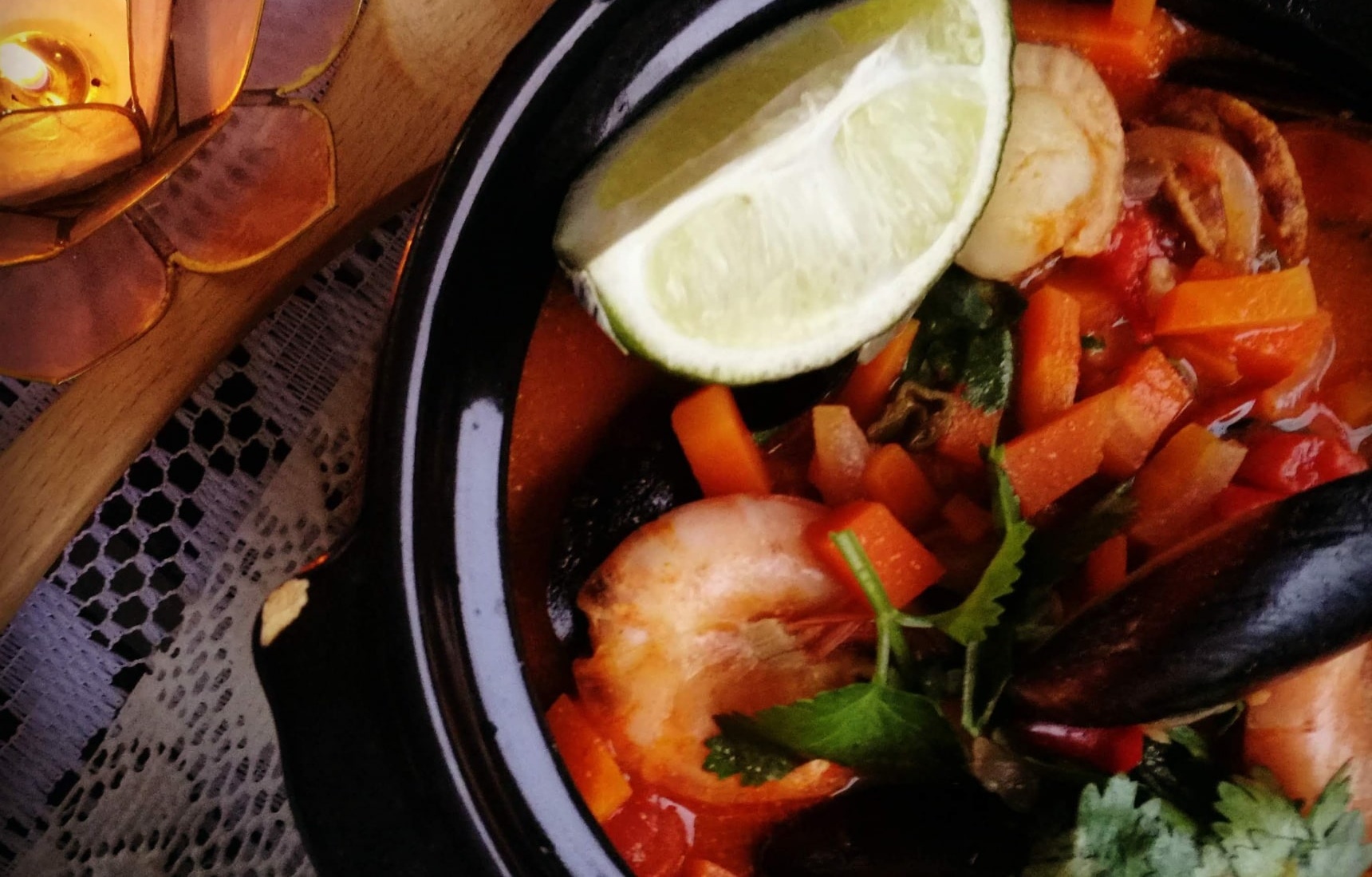
A wise man once said, "The craving for a certain dish is not just about the food, but the memories attached to it." When we feel homesick, we recall those memories by making the food we grew up with. Here's part two of a list of places in Japan where you can find the right ingredients.
By Katrina VinluanMemories of Spain
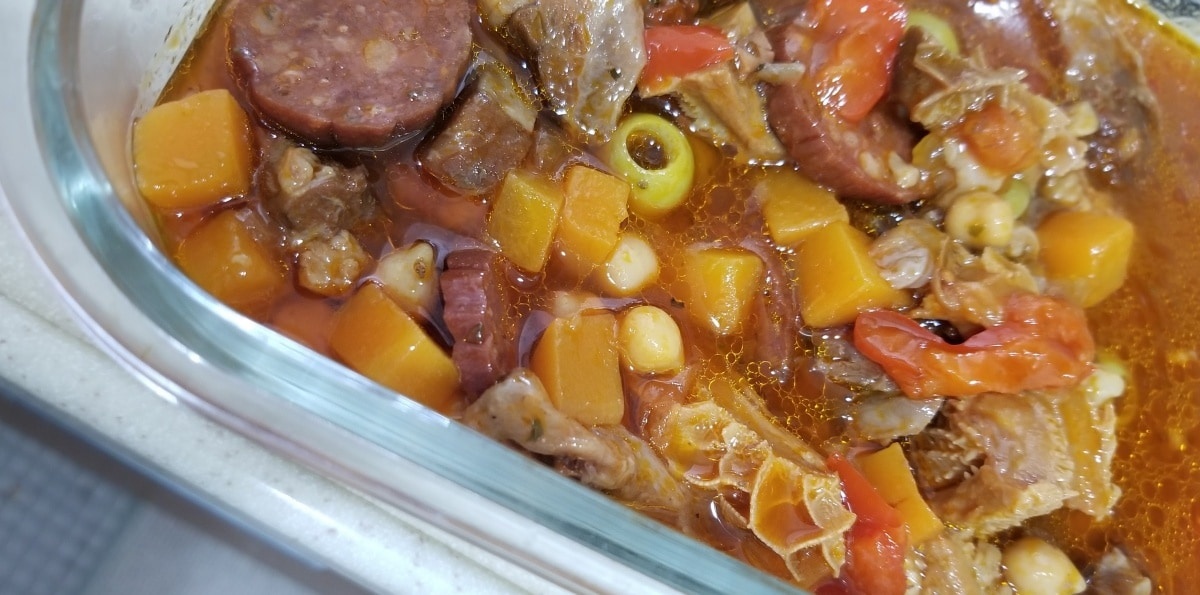
Home cooking is a labor of love. The slowly simmered meat boiled to perfection. The tenderly roasted vegetables and spices. The carefully cut pieces of fruit. The lovingly kneaded bread. These are the things that characterize the food we grew up with, especially for those of us with extended families, who make every excuse to come together whenever possible. For such gatherings, a common dish original to Madrid, Spain, is called Callos a la Madrileña. Callos, which translates to "rumen" or "first stomach" is primarily made of ox tripe. At Hanamasa (the meat specialty chain with locations all over Japan), a huge frozen slab can cost about ¥1,500, but is good enough for two recipes (with each recipe feeding 6-10 people).
As an additional ingredient for this savory dish, or something you could serve as tapas, you definitely need chorizo (smoked or raw), which retails for only ¥450-700, depending on the type and quantity. Of course, to complete your callos, don't skip the beef knuckles/knee caps also available from Hanamasa.
Pro tip: Cooking callos doesn't have to be laborious. You can dump all the ingredients (as long as the tripe has been initially boiled in water with salt, for "cleaning") in the slow cooker, just like in this personally-tested recipe.
Plantains for Your Pochero or Arroz ala Cubano
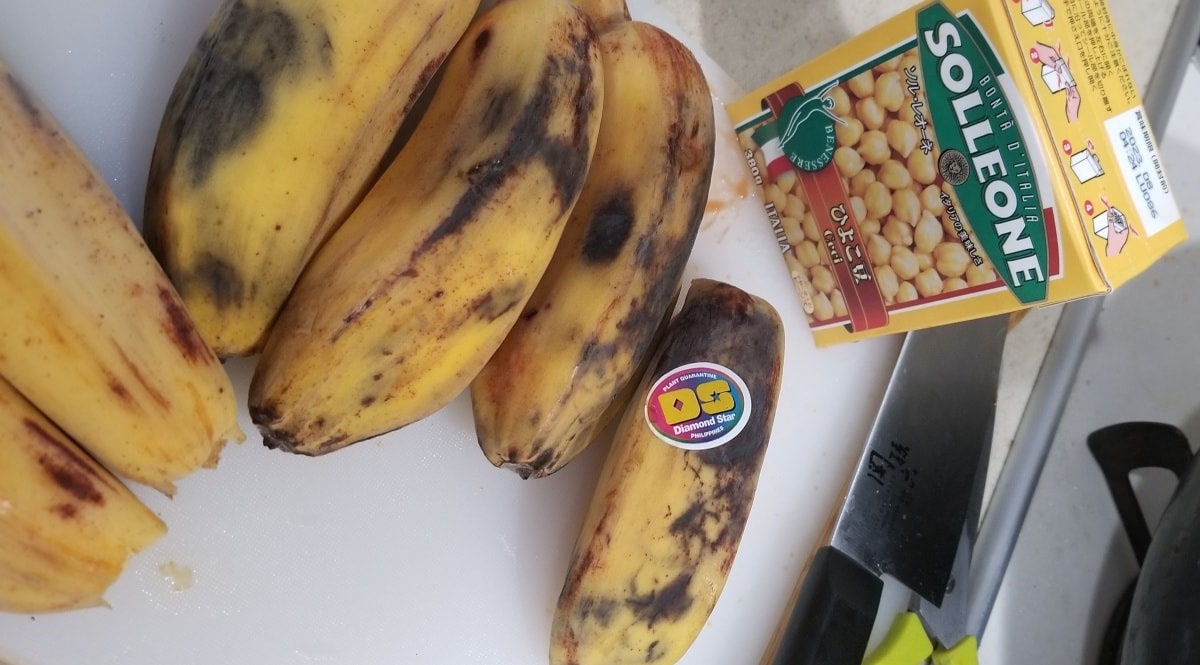
Chickpeas are easy to source, but don't go for the ¥500 ceci cans sold in pricey international organic stores. Chickpeas come cheap in shops like OK Supermarket (the discount market with multiple locations throughout Kanto), Gyomu Super (with 900 shops around the country), and Hanamasa. But plantains for your pochero and arroz ala cubano are treasures you can only find in Asian stores like Tokyo Rose (located in Isezakicho) or Asia Yaosho, with shops in Kabukicho, Kinshicho, and Roppongi (also available online).
Tokyo Rose
5-2 Fukutomicho
Naka Ward
Yokohama
Kanagawa
045-242-
For Fans of Flavorful Latin American Cuisine
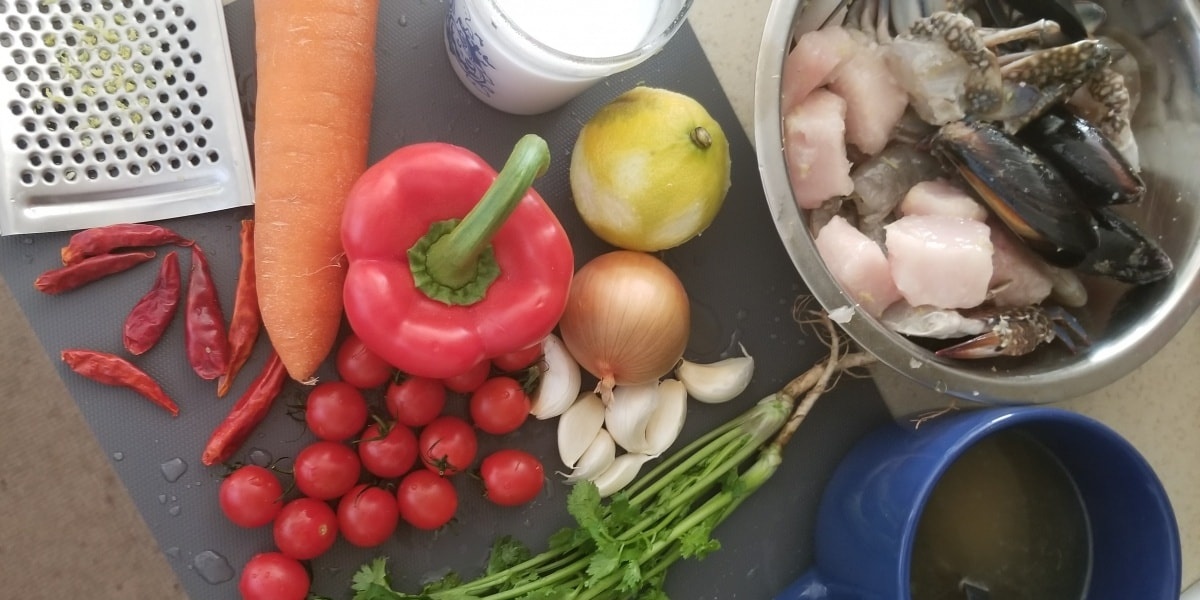
Flavor-rich is the best way to describe South American cuisine, and a lot of the famous staples involve bold beef flavors and savory seafood. Think Peruvian arroz chaufa de mariscos , Ecuadorian chupe de camarones, Argentinian asado, and Brazilian churrasco. An intersection of most of these Latin flavors is Brazil's moqueca, made of seafood and fresh produce, resulting to plain glorious food.
Cheap fresh and frozen seafood are always available in industrial supermarkets like Hanamasa (where a tray of varieties of shrimp, squid, scallops, and mussels, costs only ¥300-600). But if you are looking for linguicas congeladas and those juicy thick sausages and other Latin American favorites, your best bet is the Kyodai Store and their extensive on-line product line.
For Fancy French Flair
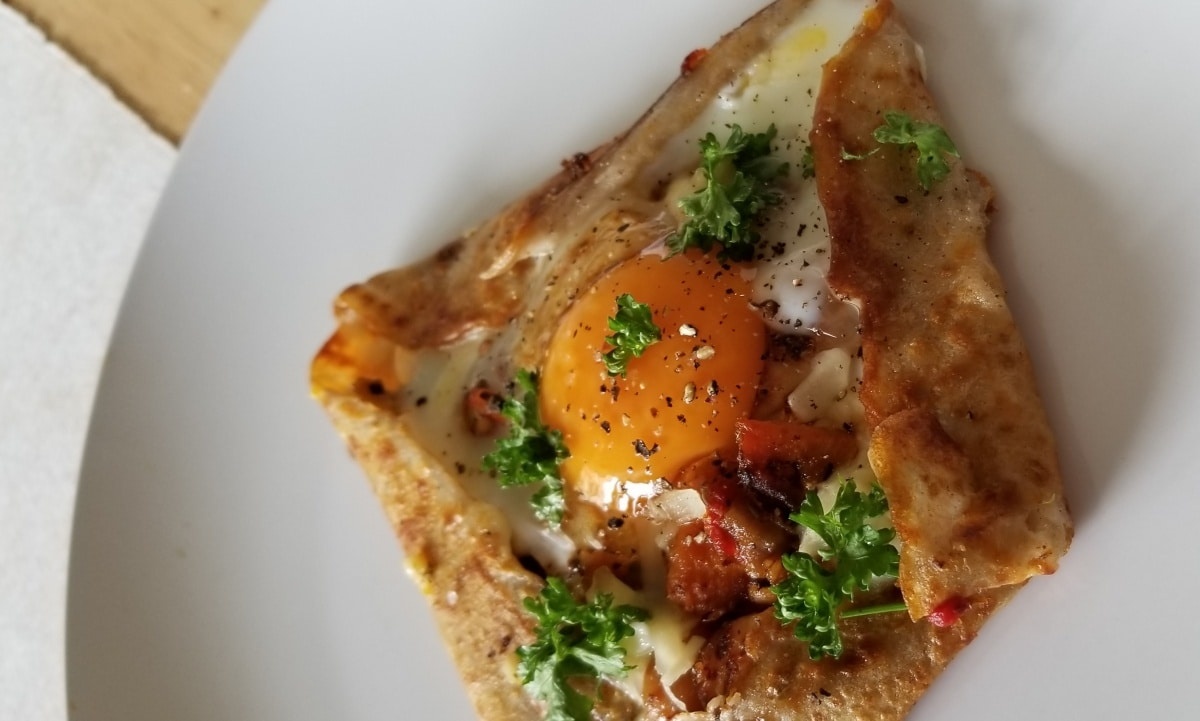
While good French restaurants are found in most areas of Tokyo, it's not every day that we want to dress up or get out of our jammies, and head to a French cafe to appease our cravings. If you've overlooked Kaldi, consider it again. Its just-add-hot-water galette mix is easy-to-use and hard to mess up, if you're craving for a galette at home. It's made of pure buckwheat, so it's safe for gluten intolerants, too! And did we mention that it's less than ¥500, but can be used to serve two people three times?
Other places to source ingredients for your restaurant-quality French favorites are your neighborhood Tokyu Store or Seijo Ishii. A hack for your galette de pomme de terre , produced by French brand Fauchon, can be bought in most stores.
Pro tip: If you're too lazy to cook, you can get good frozen meals and desserts from French grocery Picard with on shopping and prominent stores in Musashi-Kosugi, Motomachi, Aoyama, and Machida. They even have pizza, hors d'oeuvres, and macarons perfect for small home parties. An alternative to this shop is a French-European product specialty store Bio c' Bon, which also has many shops around Tokyo and Kanagawa.
Hungry for Aromatic Indian Cuisine?
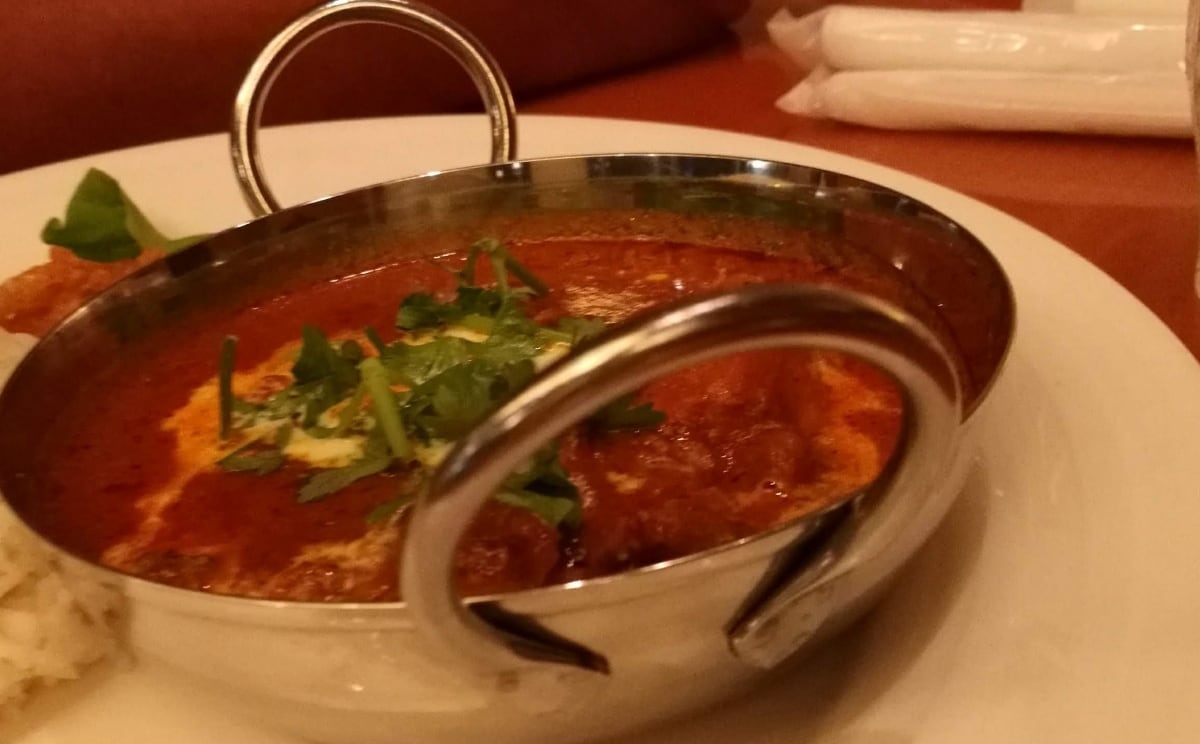
An Indian acquaintance explained to me how every Indian dish boils down to the combination of spices. The Asian stores mentioned above usually carry some Indian spices. But for an extensive Indian selection, go to specialty shops like Maharaja Spice in Takatsu (also available online), which sells even Halal Products, and spices for Sri Lankan, African, Indonesian, and Malaysian cooking.
Now if you're up for dining on some super cheap Indian food (and other international appetizers), a personal favorite is Spice Bar 317 in Sangenjaya, which also happens to sell a substantial assortment of spices and condiments for Indian and Asian cooking.
Pro tip: There are a number of Indian spice shops in Isezakicho in Yokohama.


